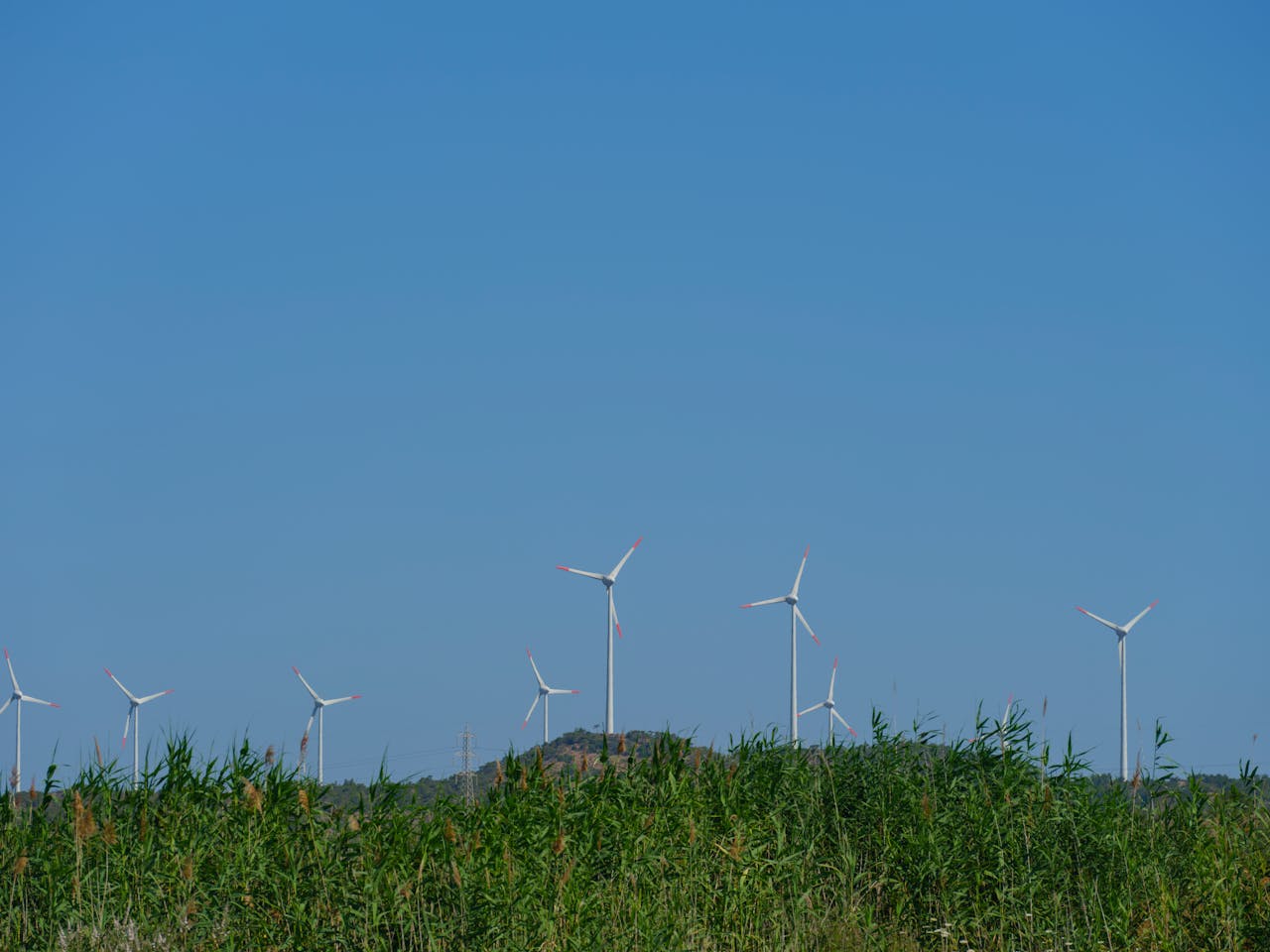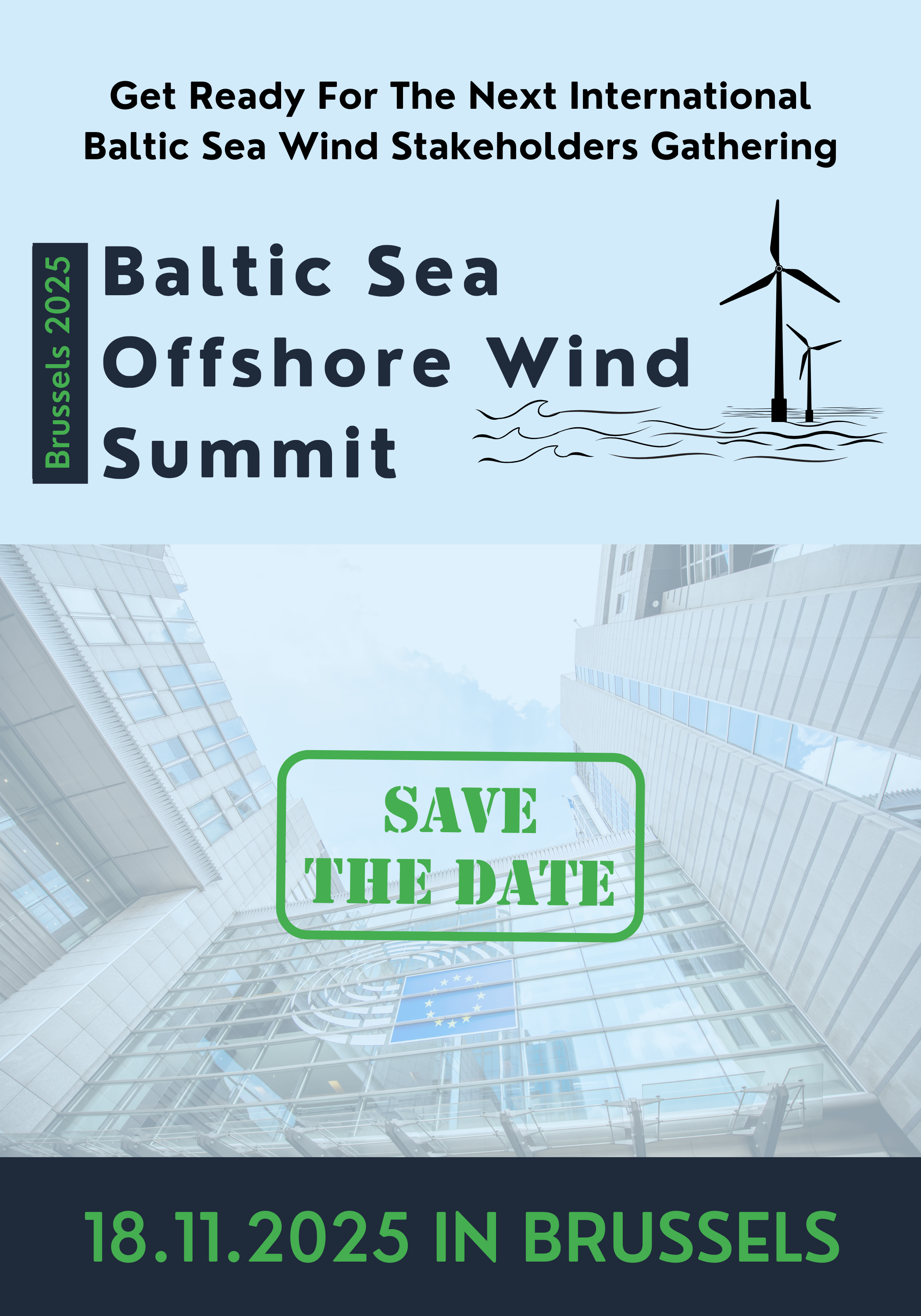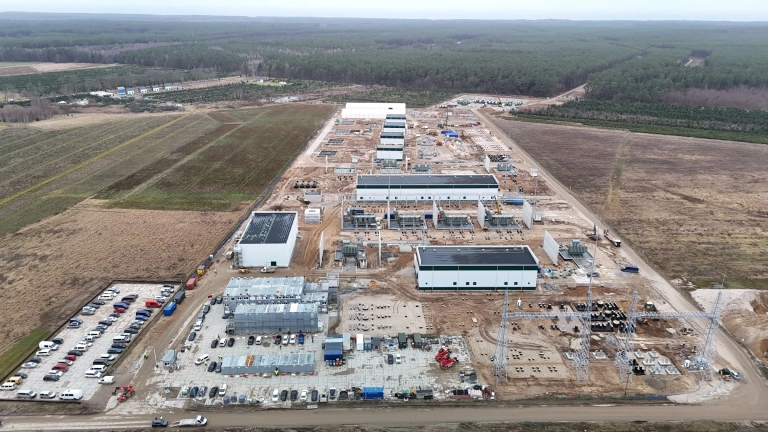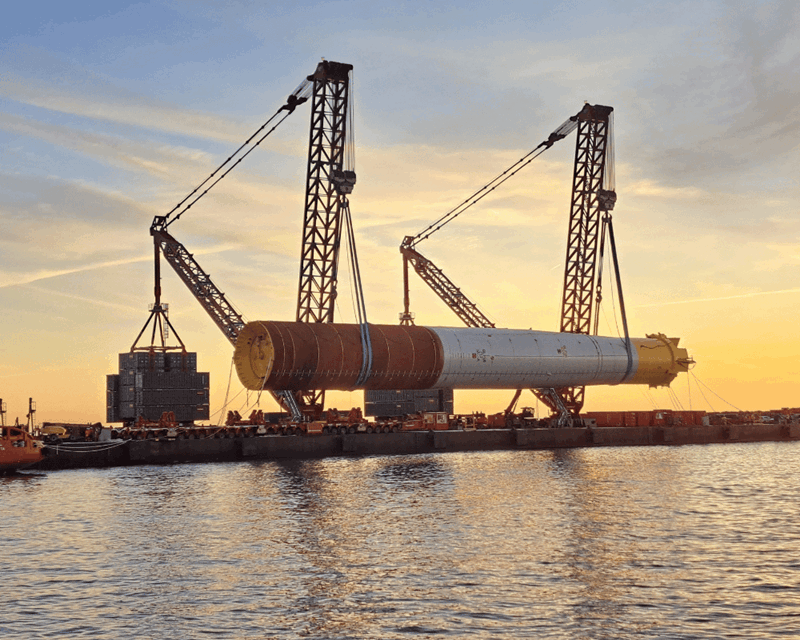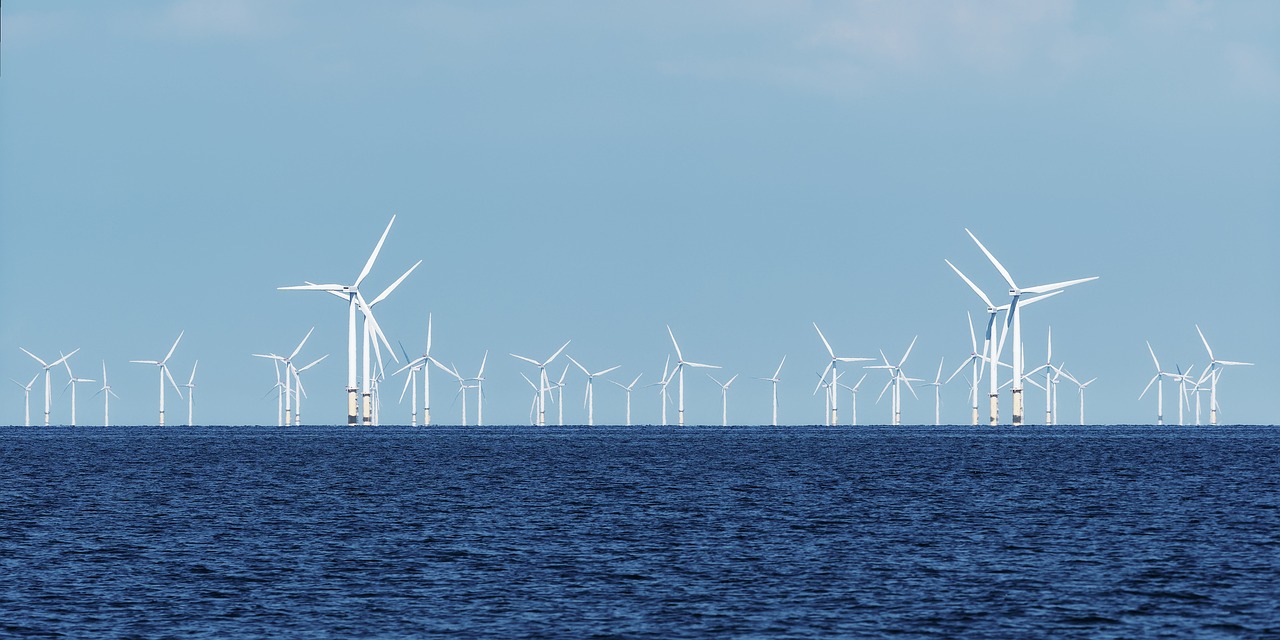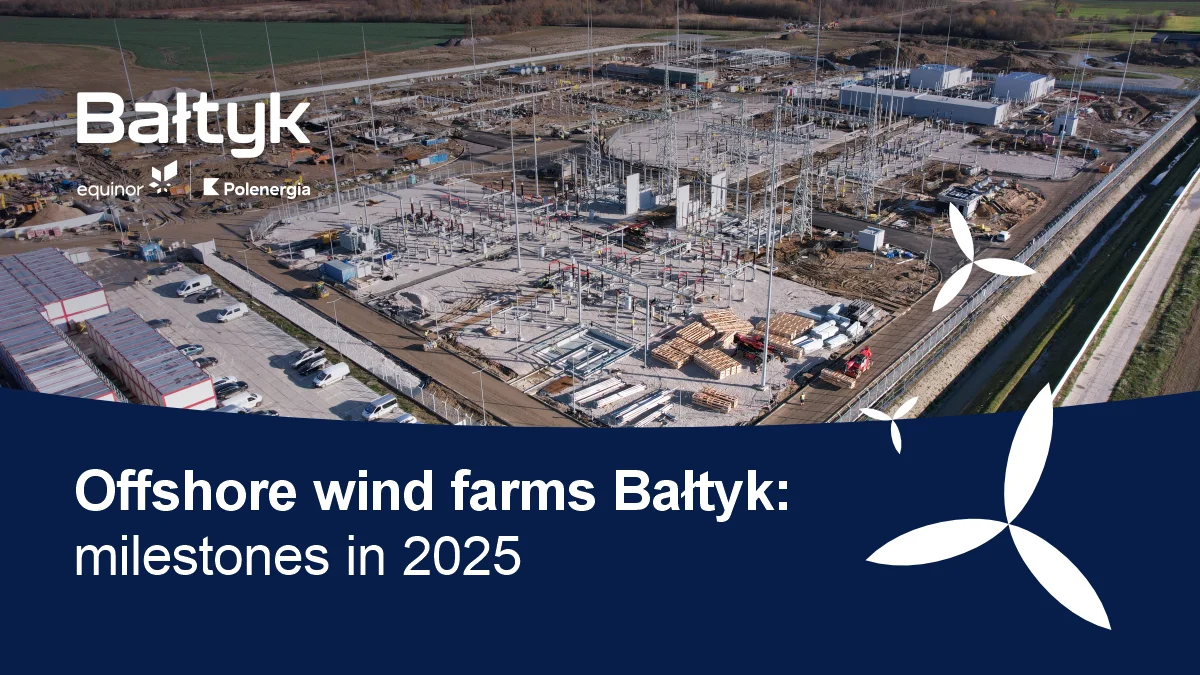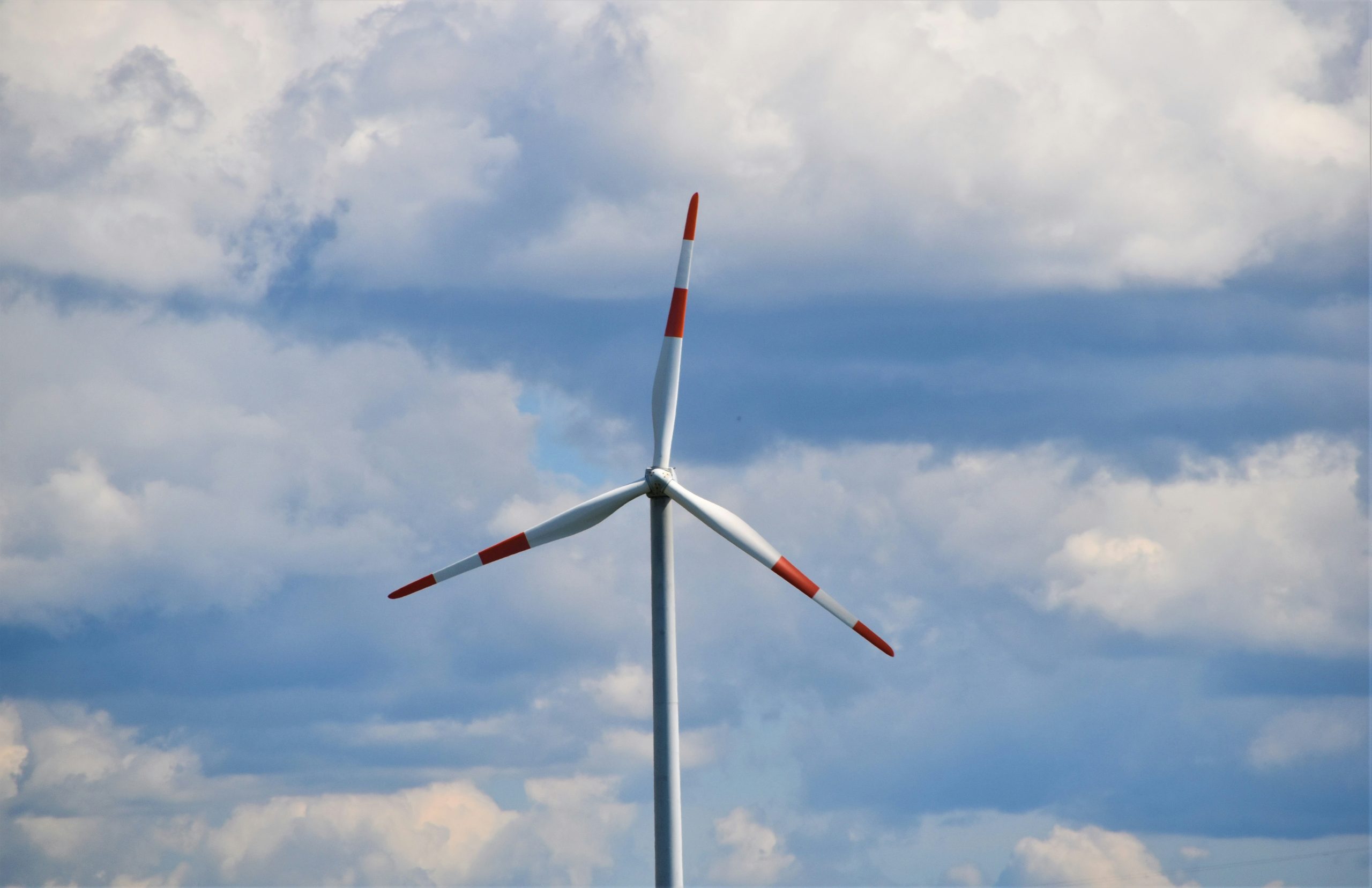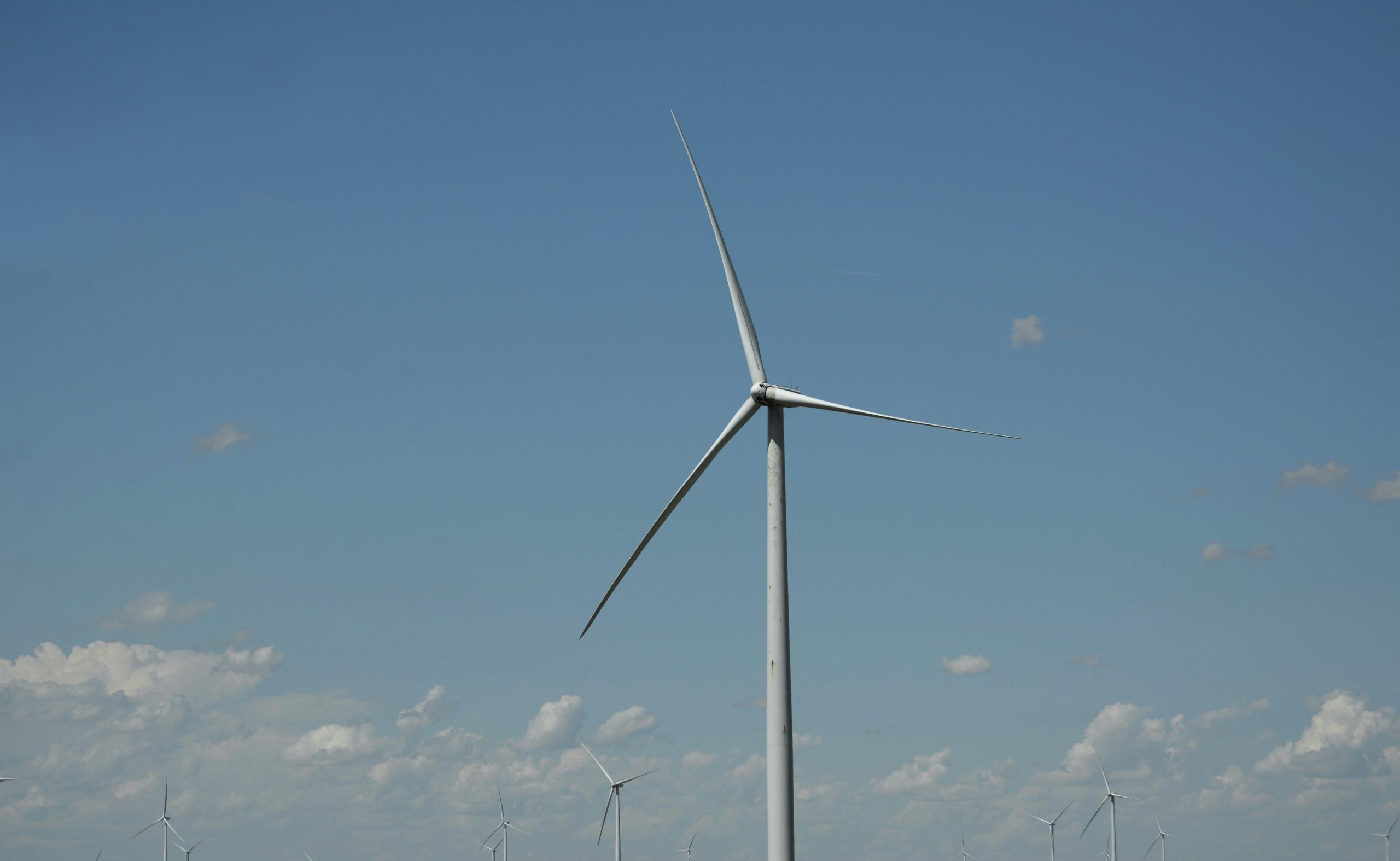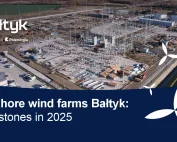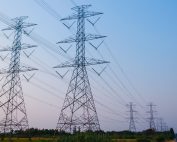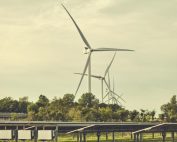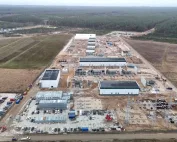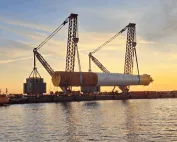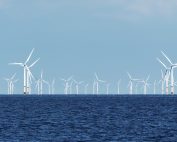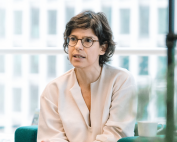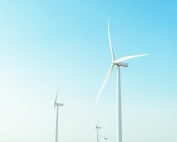The Danish Alliance for Renewables (DAFRE) has released its Annual Agenda 2025, emphasizing the need for wind, solar, and battery technologies to take over the critical stabilizing functions traditionally provided by fossil-fueled power plants. As Denmark moves from a fossil-based power system toward 100% renewable energy, the challenge is not just to generate clean electricity, but to ensure that renewable sources can also deliver system-supporting capabilities such as grid stability and resilience.
With wind and solar already accounting for two-thirds of Denmark’s annual electricity production—and up to 90% when including bioenergy—DAFRE highlights the success of the energy transition so far. However, further technological development is needed to ensure that renewables can provide services like dynamic stability, fault current, and system strength, previously delivered “for free” by centralized power plants.
DAFRE stresses that future-proofing the Danish and European energy systems will require investment in clean, fully renewable solutions. These include not just generation, but also grid integration and advanced battery storage. As traditional power stations become increasingly marginal, new installations—particularly offshore wind farms and solar arrays—must be equipped to handle full grid responsibilities.
The publication also points to Denmark’s role as a global frontrunner and testbed for renewable energy solutions. If the country succeeds in developing export-ready, fully renewable system services, it will strengthen both energy security and the competitiveness of Danish clean tech companies on the global stage.
In short, the era of centralized fossil power is ending, and Denmark’s next major challenge is to make renewables not only the primary energy source but also the backbone of a stable and reliable electricity system.
